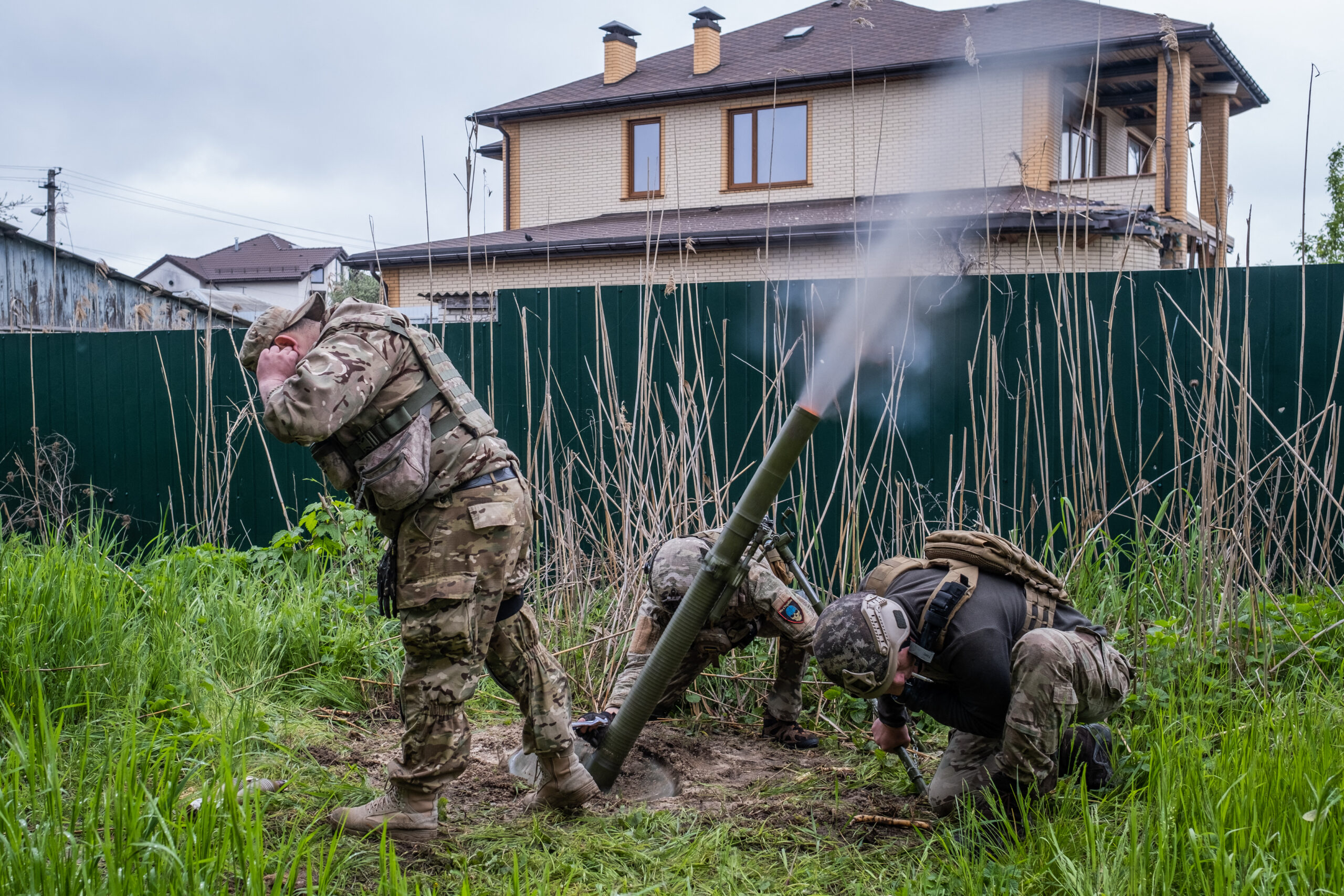In the wake of Russia’s annexation of Crimea in 2014, military analysts began to emphasize the importance of indirect firepower in modern combat, a trend that has become increasingly evident in the ongoing Russo-Ukrainian war. Current estimates suggest that artillery and missile strikes are responsible for approximately 80 percent of personnel and equipment losses on both sides of the conflict. As such, NATO has focused its support for Ukraine primarily on artillery systems and ensuring a consistent supply of ammunition. However, a prolonged focus on asymmetric, low-intensity conflicts over the past several decades has left Western militaries ill-equipped to address the realities of sustained high-intensity warfare.
This “strategic awakening” has revealed significant gaps in both military readiness and industrial capability within Western defense sectors. The continuous demand for artillery has put immense pressure on defense industries, as they struggle to keep pace with the battlefield’s relentless consumption of ammunition. Early warnings about the inadequacy of stockpiles as the conflict began have led to serious delays in resupply, further complicating the situation.
Since the onset of the war, more than 620 artillery guns have been delivered to Ukraine from Western allies, along with various missile systems. The critical significance of artillery became glaringly apparent earlier in 2024 when Ukraine faced extensive territorial losses in the east due to decreased artillery shell availability before the resumption of U.S. weapon supplies. The shortage compelled Western nations to ramp up production of 155mm artillery shells significantly, with the European Union and the United States aiming to produce over 1 million rounds each annually by 2025. Nevertheless, delivery times remain daunting, fluctuating between 10 and 20 months, which severely hampers Ukrainian military operations.
Recent examinations into the evolution of modern artillery have highlighted its dependence on advanced intelligence, surveillance, and reconnaissance (ISR) capabilities. These components are now vital for accurate targeting, effective engagement, and damage assessment. Daniel Rice, a Special Advisor to the Commander-in-Chief of the Ukraine Armed Forces, noted Ukraine’s advancements in employing Western-made radars to track Russian artillery, as well as using HARM missiles to incapacitate these radar systems, effectively “blinding” enemy artillery. Dr. James Bosbotinis, a defense specialist, echoed these sentiments, stressing that the success of artillery operations hinges upon effective ISR to locate and engage enemy positions.
Ukraine’s artillery units have gained an impressive diverse range of operational experiences with various howitzer formats amidst high-intensity conflict. Some findings regarding artillery application may not be immediately evident. For example, while armored turrets may seem desirable, they offer limited protection against modern drone threats, indicating that mobility and evasive capabilities are often more advantageous. Platforms with wheel-based designs have demonstrated superior mobility on both tactical and operational fronts, which is crucial in the current combat landscape of Ukraine.
Moreover, automated artillery systems, while theoretically efficient, present their own set of challenges on the battlefield, particularly under adverse conditions and extended usage. There have been reports regarding the fragility of advanced systems such as the Panzerhaubitze 2000 self-propelled howitzer, which require meticulous maintenance in the field. Ukrainian soldiers have found that these systems are susceptible to dirt and moisture, necessitating extensive servicing time after sustained use.
The insights drawn from Ukraine’s artillery use have prompted other nations to reevaluate their own military programs. Countries such as Denmark are making significant investments to enhance their artillery capabilities, while Baltic states are increasing their ammunition production and acquiring new artillery assets. Canada is also undertaking a comprehensive overhaul of its artillery systems as part of its Indirect Fires Modernisation program to upgrade its military capabilities.
As military forces worldwide reassess their artillery strategies, the Ukrainian experience underscores a crucial lesson: success may not always stem from the most advanced technology, but rather from achieving the right balance between simplicity, efficiency, and sustainability. In today’s geopolitical climate, artillery systems must adapt to meet the evolving demands of modern warfare, where resilience and flexibility may prove more valuable than sheer technological complexity.













